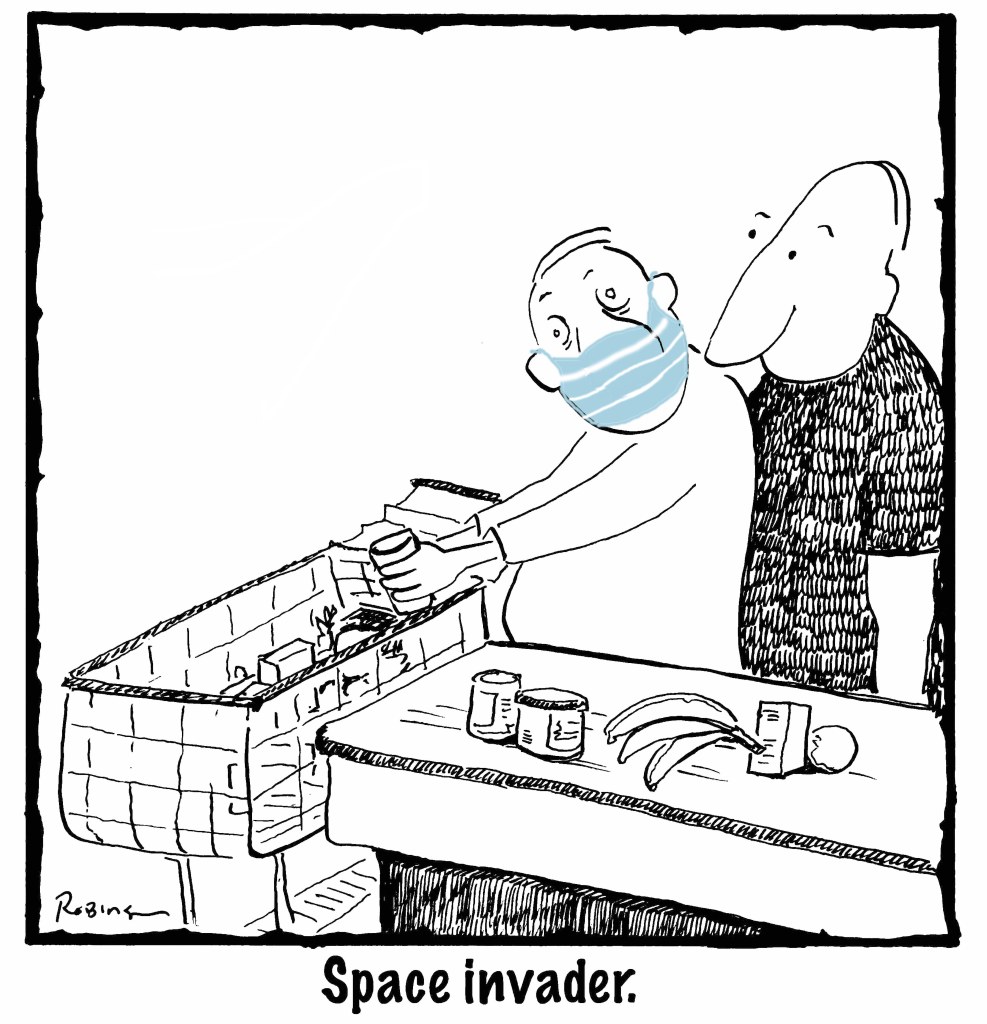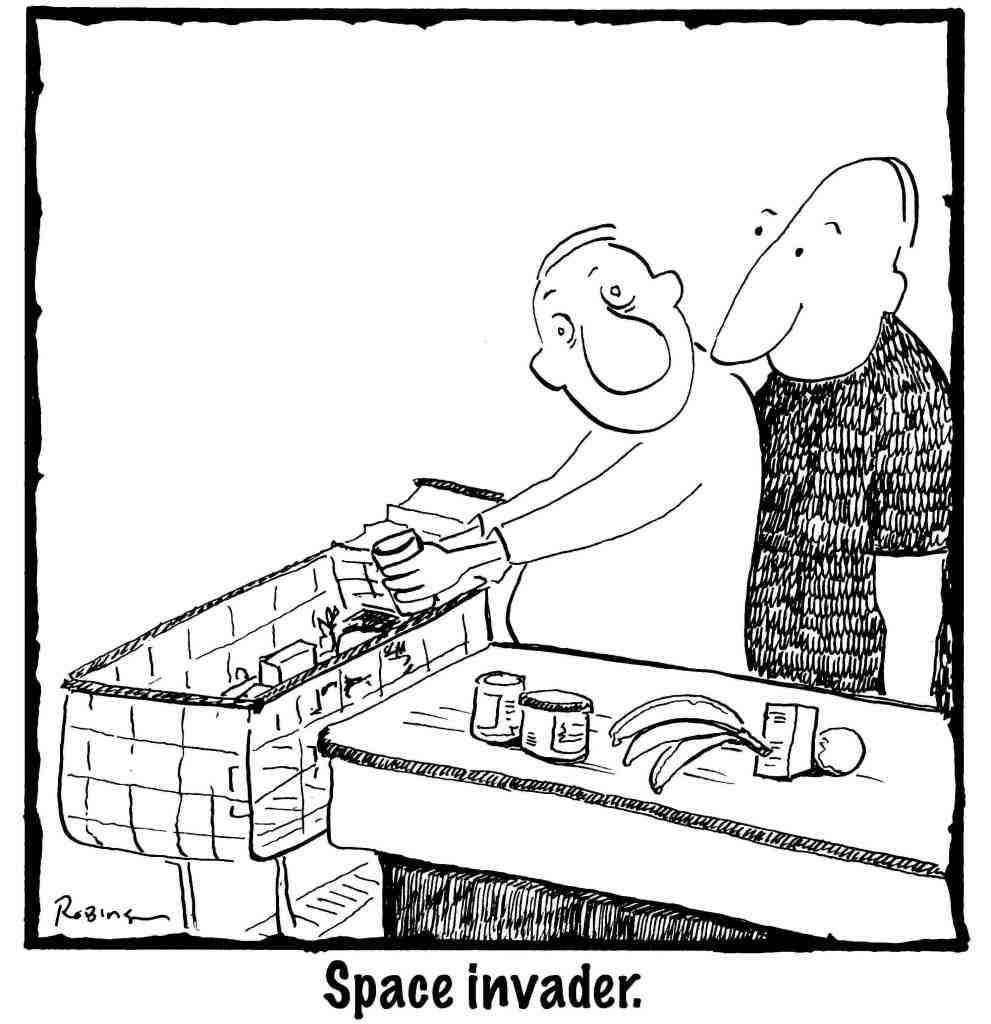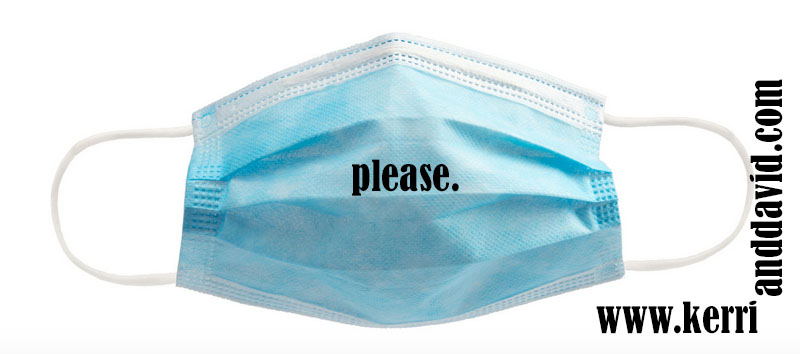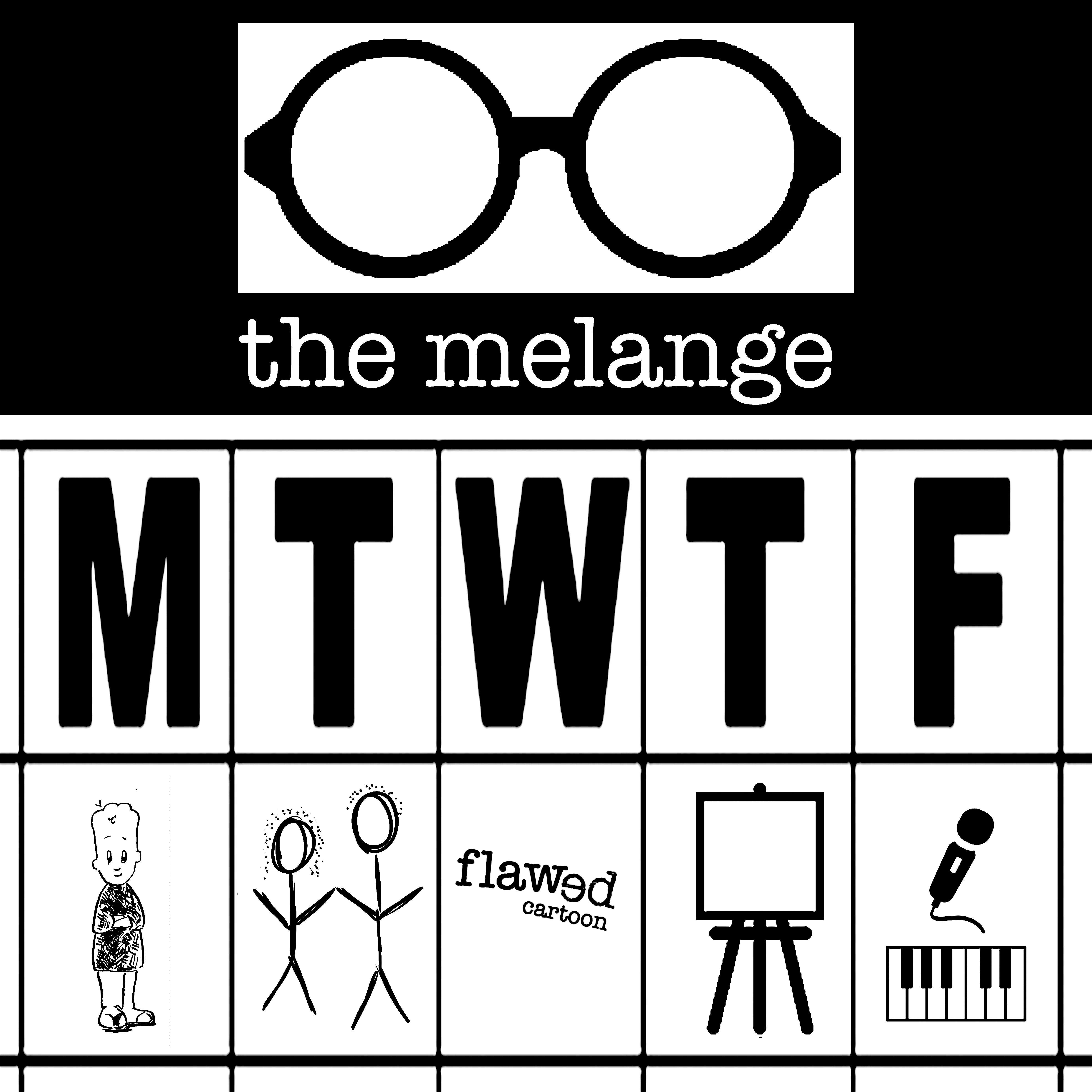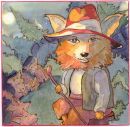
“I was the only one wearing a mask.” Were you to have read this quote three months ago, you would have assumed I went to a masquerade party and I was the only one who showed up with a mask. Or, you might have guessed that I was about to recount an embarrassing Halloween story, “I mixed up my dates – it was October 30 – and I went to work wearing a costume.”
Three months. Meaning is now made through the pandemic lens. I went to the store. The parking lot was full. I went into the store and stopped as I entered. I was the only one wearing a mask. My cup of assumptions filled to the brim and spilled over. These people do not care.
In the best of times, meaning is made on a layer cake of assumptions. Assumptions are too easily generalized and thrust into the hard ground as fact. Assumptions are a wide net that catches mostly trash – which is to say that they snag very little of substance. They are nothing more than cake though, because they are mistaken for fact, they can be a deadly cake, indeed. A young black man went jogging. Need I say more?
Our current favorite assumption set is political. For instance, Ohio Governor, Mike DeWine, was asked in an interview why the nation is seeing a partisan divide in response to the pandemic. “Generally, Republicans are less inclined to have the government tell them what to do. And that’s generally how I am,” DeWine said.
I’m willing to wager that most Democrats are not fond of the government telling them what to do. The pro-choice movement is decidedly liberal and is essentially resistance to the government telling a woman what she can or cannot do with her body.
Here’s a safe assumption: none of us want the government telling us what to do. That is in the genetic strand of the American identity.
The nation is seeing a partisan divide in response to the pandemic because we are being force-fed oppositional narratives that demonize the other side. “They’re socialists trying to ruin the nation.” Or, “They are lazy and ignorant and cannot see how they’re being swung around by the nose.” Assumptions, assumptions everywhere!
As Horatio has said (and I have repeatedly borrowed) the narrative has always been schizophrenic and the divide goes like this: 1) Every man/woman for him/herself or 2) I am my brother’s/sister’s keeper. Do we care about the others in the populace or do we take care of our own needs? It is a false divide. It is an easy target for propaganda.
And what if taking care of our own needs included taking care of the needs of others. Wouldn’t we all be wearing a mask? Isn’t that the point of the mask? It is not worn to protect me but to protect you from me. What if the assumption – the safe assumption -was that we are all in this together? We are. What if, as I stood in the doorway of the store, the only person wearing a mask, I could have made another assumption? What assumption is it that I could have made?
Three short months and the word “mask” has become a line drawn in the pandemic sand, a symbol of community or is it a marker of our divide? No matter. Through this lens we can only cast a broad net of assumption and gag ourselves on the same giant piece of cake.
read Kerri’s blog post about THE ONLY ONE


jacob wrestling the angel
Filed under: Edges, Identity, Merely A Thought Monday, Perspective, Uncategorized | Tagged: assumption, assumptions, david robinson, davidrobinsoncreative.com, democrats, divide, division, identity, Kerri Sherwood, kerri sherwood itunes, kerrianddavid.com, kerrisherwood.com, mask, Mike DeWine, narrative, pandemic, propaganda, republicans, social distancing | Leave a comment »







